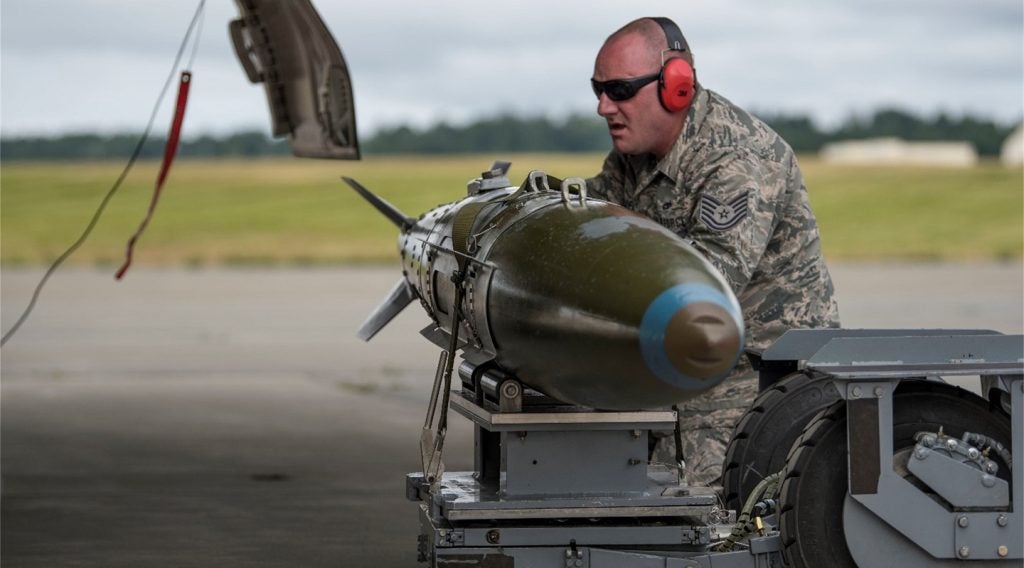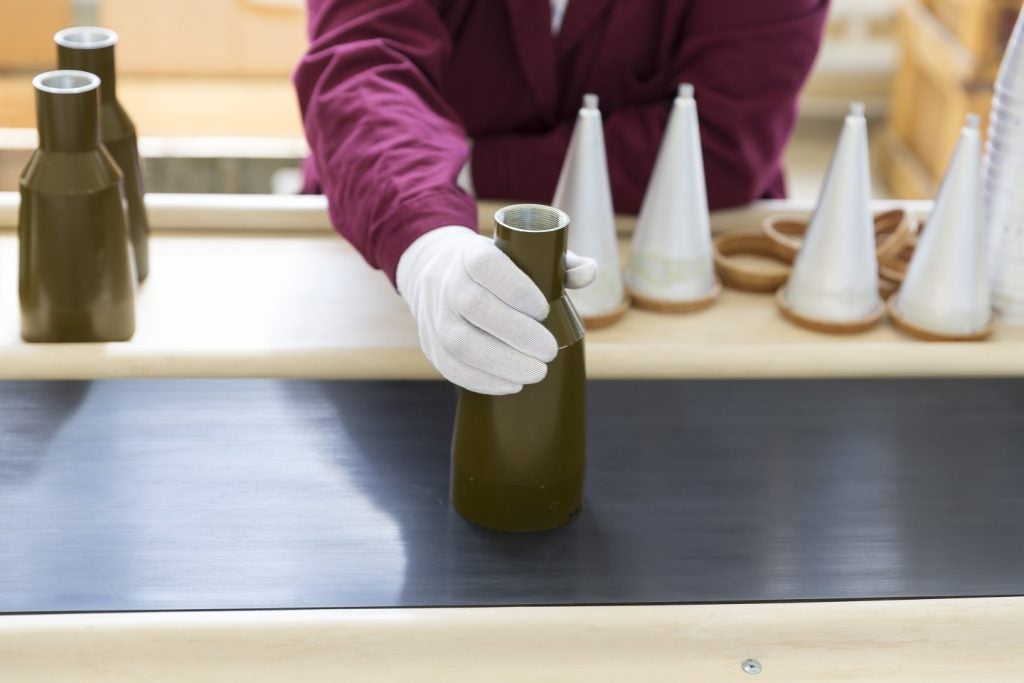Aerojet Rocketdyne (AJRD) has completed a series of successful hot-fire tests of its RL10 upper-stage rocket engine.
The development marks another major milestone in the company’s efforts to incorporate enhanced manufacturing technology into the RL10 Additive Manufacturing Study (RAMS) programme.
The programme involved the inclusion of a core main injector built using 3-D printing technology for the RL10 development engine, dubbed XR708.
The programme, which was completed in collaboration with the US Air Force (USAF) and Nasa’s Glenn Research Center, aims to demonstrate the capability of additively manufactured complex parts and qualify them for use in large rocket engines.
Aerojet Rocketdyne CEO and president Eileen Drake said: "Updating our products to take advantage of the advancements we’ve made in additive manufacturing technology is a key part of our strategy to deliver more affordable products to our customers while at the same time maintains the reliability they’ve come to expect.
"This successful series of tests validates the rigorous approach we’ve been taking and confirms we are on the right path.
How well do you really know your competitors?
Access the most comprehensive Company Profiles on the market, powered by GlobalData. Save hours of research. Gain competitive edge.

Thank you!
Your download email will arrive shortly
Not ready to buy yet? Download a free sample
We are confident about the unique quality of our Company Profiles. However, we want you to make the most beneficial decision for your business, so we offer a free sample that you can download by submitting the below form
By GlobalData"Incorporating this technology will enable us to reduce significantly production lead times and make our products more cost competitive."
Manufactured using an additive manufacturing technology known as selective laser melting (SLM), the core main injector is essentially a micro-welding technique that uses a high-powered laser beam to fuse powdered metal to form detailed components that can perform under the extreme pressures and operating conditions of rocket engines.
Earlier this month, the company secured a contract to support the USAF’s efforts to develop new methods for the production of rocket engine technology.
Valued at $6m, the contract will see Aerojet assist the USAF in establishing standards for 3-D printed rocket engines by defining evaluating the quality of the additionally produced components for use in liquid-fuelled rocket engine applications.
The move follows the USAF’s decision to replace the Russian-made RD-180 engines that power the first-stage of United Launch Alliance’s Atlas V launch vehicle.







